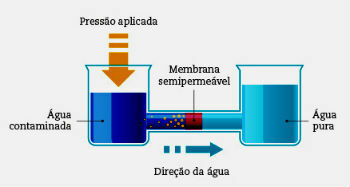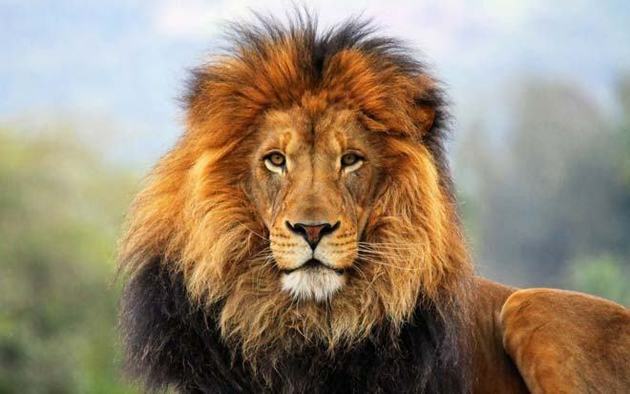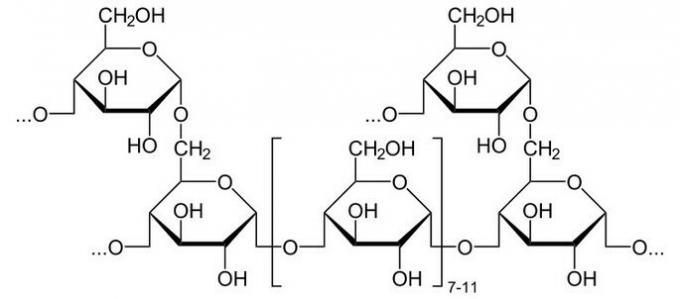Pleiotropy, also called the pleiotropic effect, is a genetic phenomenon in which a single gene has control over the manifestations of several characteristics.
This condition is still poorly understood, but it is common in both animal and plant organisms, governing the most distinct phenotypes. Its action occurs contrary to gene interactions, as this provides interactions of two or more regulatory genes against a character.
PLEIOTROPY → A gene conditions or influences more than one characteristic in an individual.
Do not stop now... There's more after the advertising ;)
GENE INTERACTIONS → Two or more genes interact with each other to determine a single trait.
Pleotropic example: Gene that determines the conditioning of flower color (purple), bark color of the seed (grey) and purplish spots near the stipules in peas (the same species studied by Gregor Mendel).
Example of gene interactions: variations in human skin color.
By Krukemberghe Fonseca
Graduated in Biology
Would you like to reference this text in a school or academic work? Look:
LAY-ANG, Georgia. "Pleiotropy and gene interactions"; Brazil School. Available in: https://brasilescola.uol.com.br/biologia/pleiotropia-interacoes-genicas.htm. Accessed on June 28, 2021.



